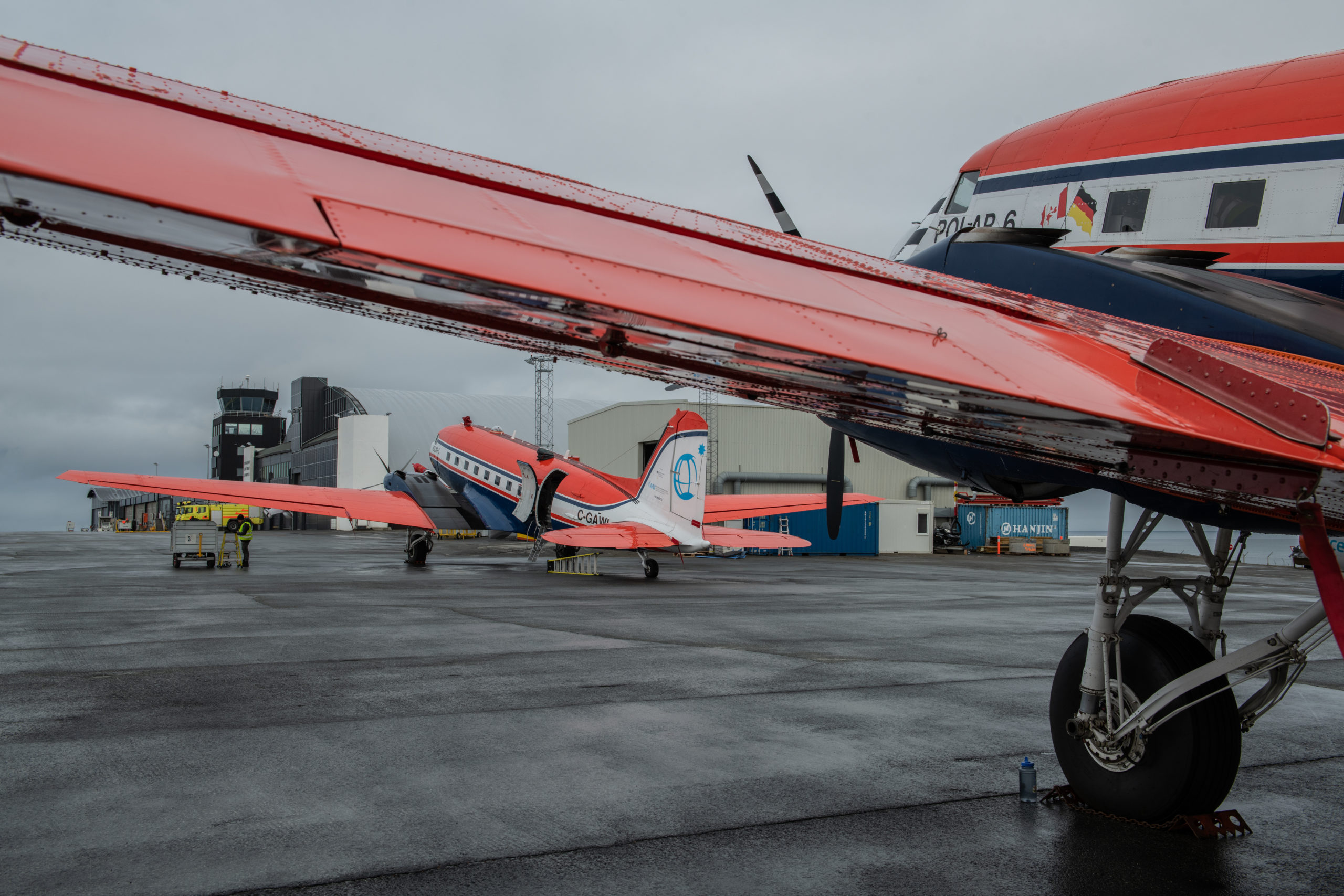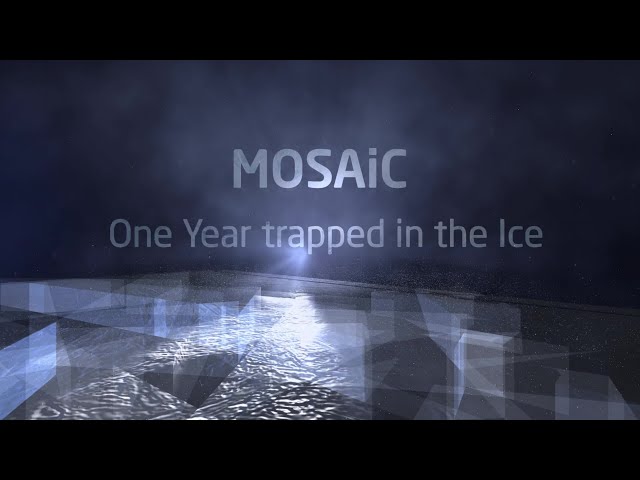An entire year trapped in the ice
More than 125 years ago, the Norwegian researcher and explorer Fridtjof Nansen set sail on the first ever drift expedition with his wooden sailing ship Fram. But there has never been an expedition like MOSAiC: for the first time, the MOSAiC project has taken a modern research icebreaker laden with scientific instruments close to the North Pole in winter.
The name MOSAiC (Multidisciplinary drifting Observatory for the Study of Arctic Climate) mirrors the complexity and diversity of this expedition.
MOSAiC was the first year-round expedition into the central Arctic exploring the Arctic climate system. The project with a total budget exceeding € 140 Million has been designed by an international consortium of leading polar research institutions, led by the Alfred Wegener Institute, Helmholtz Centre for Polar and Marine Research (AWI).
The backbone of MOSAiC was the year-round operation of RV Polarstern, drifting with the sea ice across the central Arctic from September 2019 to October 2020. During the set-up phase, RV Polarstern entered the Siberian sector of the Arctic under late summer's thin sea ice conditions.
A distributed regional network of observational sites was set up on the sea ice in an area of up to ~50 km distance from RV Polarstern. The ship and the surrounding network drifted with the natural ice drift across the polar cap towards the Atlantic, while the sea ice thickened during winter.
Large scale research facilities addressing key aspects of the coupled Arctic climate system were set up on board of RV Polarstern and on the sea ice next to it, in the so-called ice camp.
The distributed regional network around the central observatory was comprised of autonomous and remotely-operated sensors - characterizing the heterogeneity of key processes in an area representing a typical grid box of modern climate models and providing invaluable data for the development of parametrizations for sub-grid-scale processes in climate models.
Understanding the consequences of Arctic climate change
- MOSAiC contributes to a quantum leap in our understanding of the coupled Arctic climate system and its representation in global climate models.
- The focus of MOSAiC lied on direct in-situ observations of the climate processes that couple the atmosphere, ocean, sea ice, biogeochemistry, and ecosystem.
- Read more about the MOSAiC mission here.
The German research aircrafts Polar 5 and Polar 6 were employed to complement the measurements at the central MOSAiC site.
Research and supply cruises by icebreakers and research ships from MOSAiC partners provided support for the AWI research vessel Polarstern. They further extended the geographical coverage of the observations and linked the measurements to the larger scales of the Arctic climate system and explored global feedbacks.
In addition, helicopters were employed. Fuel depots for long-range helicopters were set up on Bolshevik Island to broaden the spectrum of response options to potential emergency situations during the expedition.

MOSAiC Airborne Campaign, September 2020. Picture: Alfred Wegener Institute / Esther Horvath

